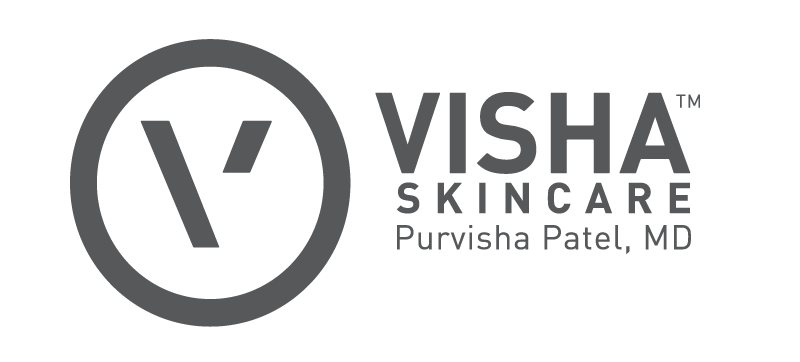 NewBeauty posted "Why Now Is More Important Than Ever to Get Enough Vitamin D" featuring Dr. Purvisha Patel.
NewBeauty posted "Why Now Is More Important Than Ever to Get Enough Vitamin D" featuring Dr. Purvisha Patel.
“Staying at home does not mean do not go outside.”
Although I sit at a desk inside an office for most of the day, I do walk to work—well, not right now of course—so I count on that time to get my daily dose of essential vitamin D. “It’s such an important vitamin because it helps promote the absorption of calcium and phosphorus in the blood for healthy bones,” says Dallas dermatologist Elizabeth Bahar Houshmand, MD. Now, however, in light of the current crisis, I find myself indoors nearly all the time, and I’m worried I’m seriously lacking in the D department. To gain some insight, I picked the brains of top dermatologists, and here’s what I learned.
The Sun Factor
For some people, “about 15 to 20 minutes of sun exposure, specifically UVB light [the kind that causes sunburns], can be sufficient if taken in at least three days a week,” adds Torrance, CA dermatologist Divya Shokeen, MD. “Ideally, you want to be exposed between the hours of 10 a.m. and 3 p.m., without significant cloud cover, and extend the time of exposure if you have skin of color, as higher amounts of melanin may decrease the amount of vitamin D absorption.”
However, many of us work indoors and workout indoors—especially now—so this daily intake isn’t achieved. New York dermatologist Marisa K. Garshick, MD thinks current stay-at-home orders may contribute to increased deficiencies, but explains that most people do not obtain enough vitamin D from daily sunlight exposure, regardless of whether they spend a lot of time outdoors or not.
But, as Germantown, TN dermatologist Purvisha Patel, MD notes, “staying at home does not mean don’t go outside.” It also doesn’t mean laying in a lounge chair and baking in the sun unprotected, like we did in the ’90s. “You still need to use sunscreen,” Wilmington, NC dermatologist Kendall Egan, MD stresses. “Sunscreen doesn’t block 100 percent of the UV light, and you will still get sun exposure—enough to raise your vitamin D levels!” And as New Orleans dermatologist Mary Lupo, MD points out, the UVB rays that help our bodies synthesize vitamin D also “cause skin cancer and other skin ailments like hyperpigmentation,” hence the significance of SPF.
Signs You Might Be Deficient
According to Dr. Shokeen, common symptoms of vitamin D deficiency include muscle weakness, pain, fatigue, anxiety and depression. “The main one is abnormal bone development and density,” adds Orange County, CA dermatologist Daniel Chang, MD. “Other symptoms are hair loss and poor wound healing.”
However, Dr. Patel says it’s wise not to self-diagnose. “Seeing a doctor for a blood test to determine your levels is important. Starting with a low (one-tab), over-the-counter dose while in quarantine can be done relatively safely, with the understanding that you should follow up with a doctor when you are able to for lab testing. If you have renal disease or a history of kidney stones or high calcium levels, this is not recommended. Going outside and getting the recommended sun is better than possibly taking vitamins that may not be needed.”
Funny enough, every dermatologist interviewed for this story recommended a different daily vitamin D supplement dosage—anywhere from 400 to 2,000 IU, depending on individual needs—but the Dietary Reference Intake (DRI) developed by the Food and Nutrition Board (FNB) at the Institute of Medicine of The National Academies suggests 600 IU for men and women ages 19 to 70. “A regular multivitamin with 600 to 800 IU of vitamin D should be sufficient for now, but definitely discuss this with your physician when you can,” advises Dr. Shokeen.
